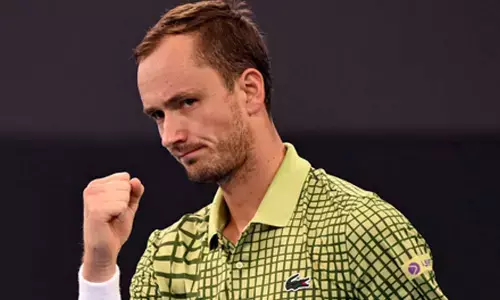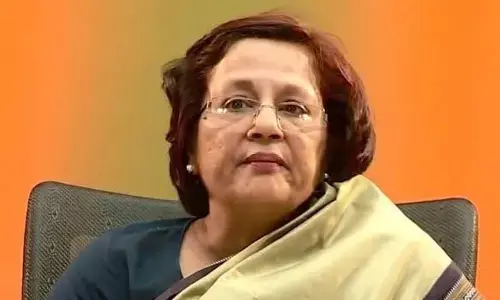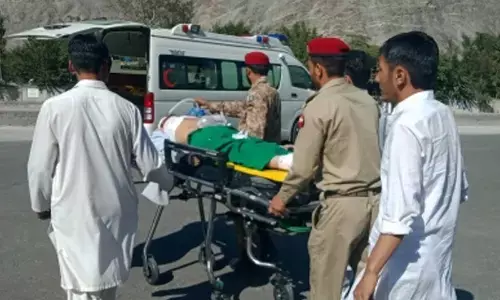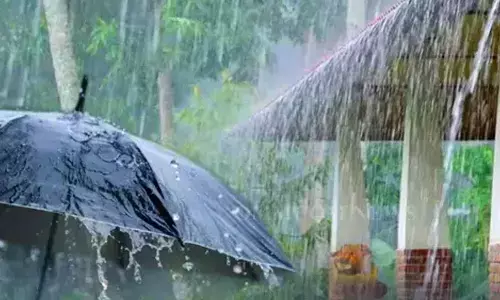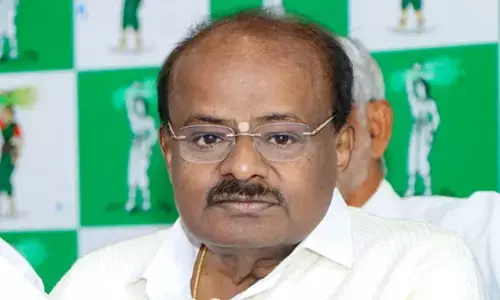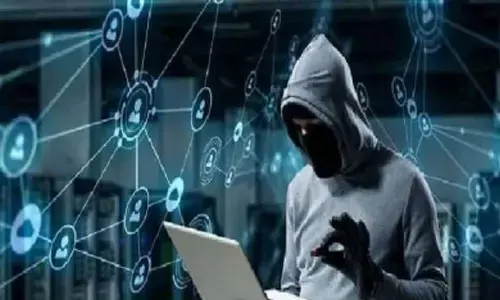Raja Ravi Varma: The Royal Painter and an icon to art
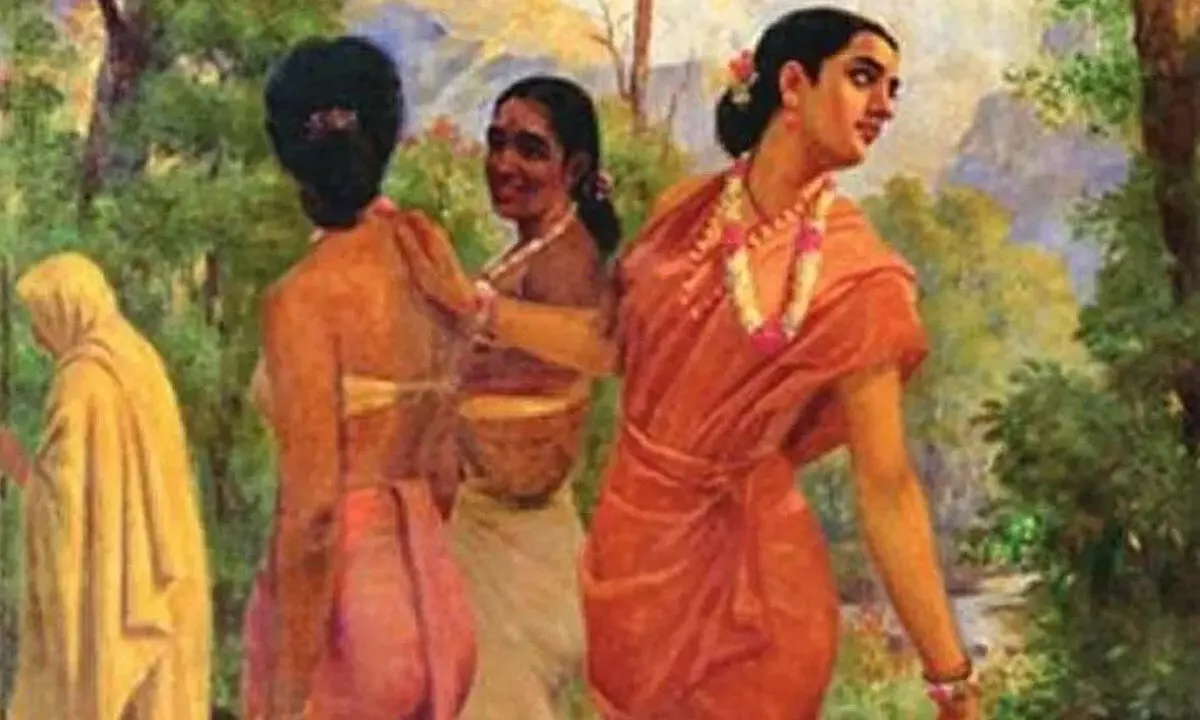
It is common on 2nd October of every year to remember Mahatma Gandhi, Father of the Nation and Lal Bahadur Shastri as a part of their birth anniversaries.
It is common on 2nd October of every year to remember Mahatma Gandhi, Father of the Nation and Lal Bahadur Shastri as a part of their birth anniversaries.
However, there is another person who needs to be remembered – Raja Ravi Varma the fine artist from Kerala, who passed away on the early hours of 2nd October 1906 at the age of 58 years. A long time diabetic, Ravi Varma Koil Thampuran hailed from the royal family of Kilimanoor dynasty. The Kilimanoors were one of the royal dynasties that supplied children for adoption by the Travancore Royal family as and when need arises. In fact the last King of Travancore, Chithira Thirunal was the great grandson of Ravi Varma.
Though, Ravi Varma and Gandhi were contemporaries with Ravi Varma born in 1848 and Gandhi in 1869 they have never met each other. In fact Ravi Varma passed away much before Gandhi returned to India, where as Lal Bahadur Sashtri was born in 1904, two years before Ravi Varma died. What Mahatma Gandhi did with the freedom movement, Ravi Varma did with art. Ravi Varma travelled to 90 towns/cities across India in less than two decades in search of models for his art.
At a time when the colonial masters were belittling Indians for lack of talent in art and culture, Ravi Varma stood as an icon to the art. Ravi Varma established “The Ravi Varma Fine Art Lithographic Press” in 1894 at Girgaum, Mumbai (the then Bombay). Five years later the press was shifted to Malavali in Lonavala. Through this printing press, with machinery imported from Germany, Ravi Varma has taken paintings to the door steps of common people, which until then used to be the hobby of rich and the royal. The press, interestingly, was sold to Germans due to losses incurred. Ravi Varma had served in several courts of the then princely states starting from Travancore followed by a brief stint at the Pudukottai. Later, Ravi Varma served briefly in the royal courts of Mewar, Baroda and Mysore. In other words Ravi Varma witnessed some of the troublesome years of all the five princely states that he served. Edgar Thurston, British Superintendent at the Madras Government Museum from 1885 to 1908 had immensely encouraged and promoted Ravi Varma and his brother Raja Varma. Ravi Varma travelled widely across India with his brother between 1888 and 1889.
Ravi Varma perhaps was the first mainstream painter in India to use oil as his medium to express his art form. Simultaneously, he is also one of the first to use live models for his paintings. Ravi Varma dubbed as the father of the modern Indian art, was solely instrumental to bring the great Indian epics – The Ramayana and The Mahabarata – to life through his paintings as well as the printing press. In a way Ravi Varma’s paintings helped in consolidating the infant nationalism and religious identity. He was instrumental in using European mode of aesthetics in depicting Hindu religious texts. This way Ravi Varma found the common ground of acceptance among the Europeans as well as the Indians. In 1904 Ravi Varma was awarded Kaiser-e-Hind title, a medal for services to the Raj, largely due to the patronage by Lord Curzon.
Ravi Varma painted several royal personalities, of which he used many of them to portray Hindu Gods. However, Ravi Varma received heavy criticism due to the Bengal resurgence in 1905 and followed by the ‘Swadeshi’ slogan.
Much of this criticism came up posthumously for his adaptation of European style of art in order to depict Indian epics. Concomitantly, Ravi Varma was criticised for painting nude women and was even charged with obscenity, which he fought and won the case.
Whatever be the criticism against Raja Ravi Varma, there is no doubt that this royal painter had made our wall calendars colourful with his paintings and giving visual representation to the Indian epics.








